The idea came up while releafing my art books, which abundantly depict what Umberto Eco has so infamously made an academic career out of: semiotics, of course. Like "books talk about other books", images draw inspiration from other images and perhaps instill a new twist on an older theme. In this sense there is no purpose of talking about "plagiarism", as it is well established that there can be no parthenogenesis in art. Basically, everything has already been said and there is nothing trully new under the sun. However it is interesting to contemplate just how some undercurrent runs through similar concepts.
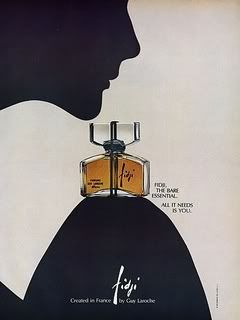
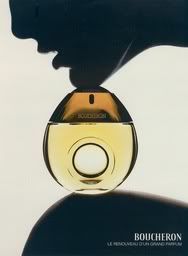
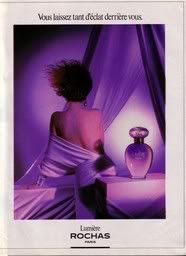
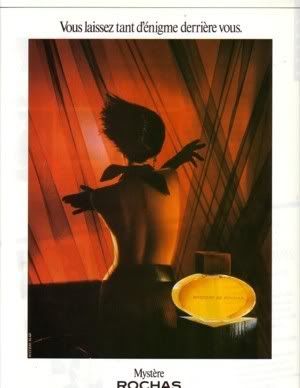
I am guessing that here we have a case of a brand wanting to establish an homogenous aesthetic in its products and I think it succeeds in providing a backdrop of reference. This intent is more apparent if we notice the taglines: "Vous laissez tant d'énigme derrière vous" (=you leave such an enigma behind) for Mystère and "Vous laissez tant d'éclat derrière vous" (=you leave such a luminosity behind) for Lumière. If you are extra attentive you will also notice that the names are analogous in number of syllables, intonation and way of pronunciation.
Bravo, Rochas advertising team!
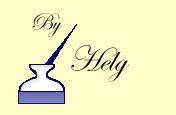
.jpg)





